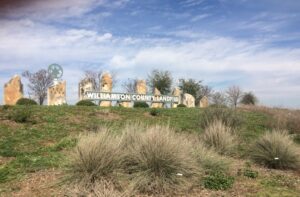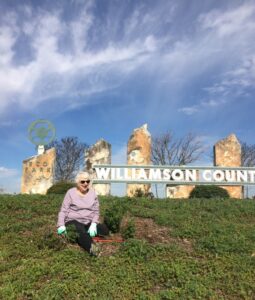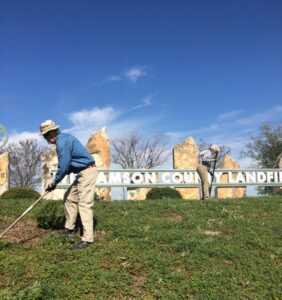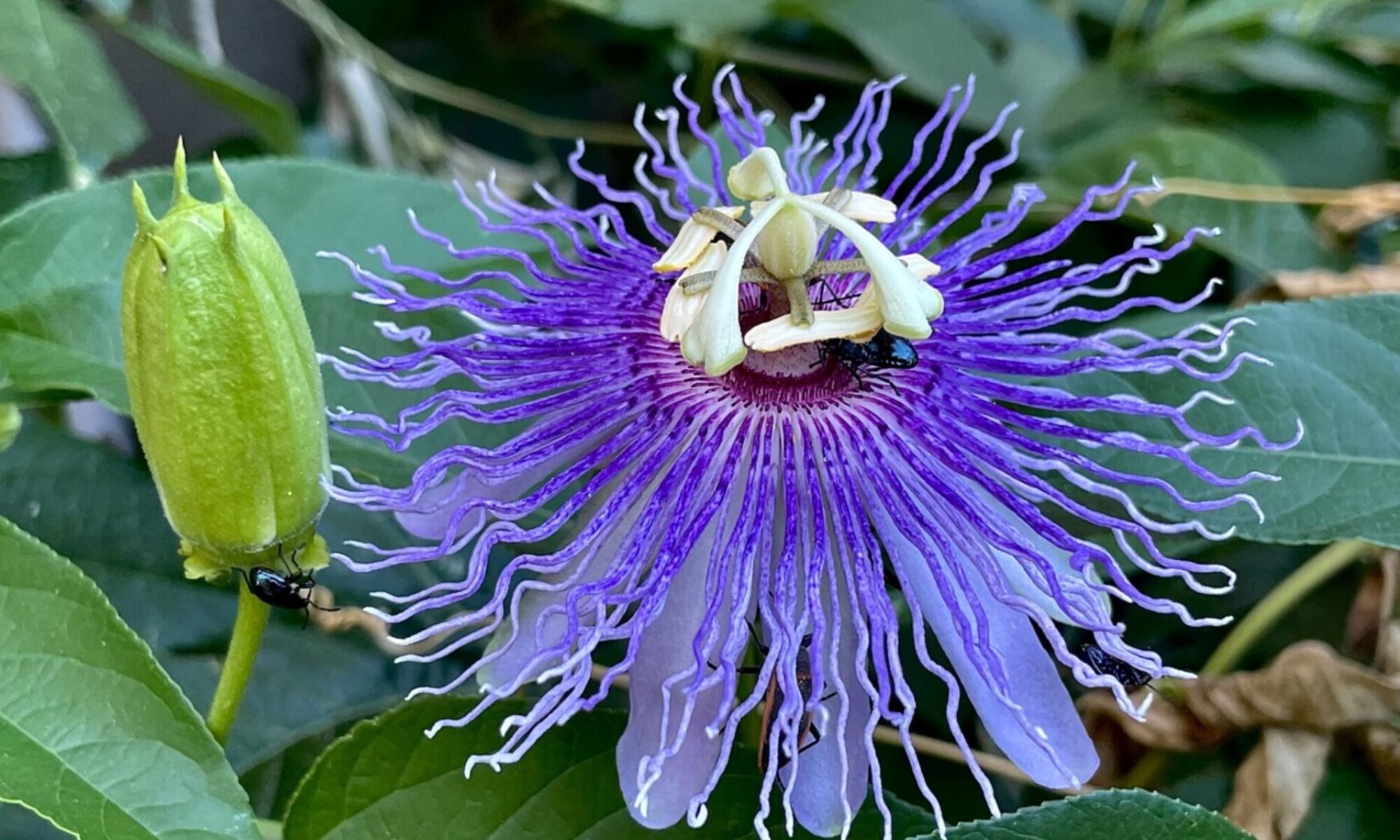** ARCHIVED POST – LINKS AND IMAGES MAY NOT WORK**

— by Marilyn Perz
The Pollinator Garden workday was well attended last Saturday by nine volunteers from the Good Water Master Naturalist Chapter, Tonkawa NPSOT Chapter and our Williamson County NPSOT Chapter. Thank you to all of YOU!

The weather was great for working out there and we were not even blown away by the strong Prairie winds that can whip through there at times. A pile of weeds and brush was generated, and we all felt a sense of accomplishment as that pile grew. As with most gardens, the work is never really done.

Even though we do not plan to have another official workday there, you are always welcome to continue with the cleanup on your own. A bit of a perk will come in 2-3 weeks when the berm will become “Bluebonnet Hill” and maybe while you take your yearly Bluebonnet picture, grab a few weeds too!
** ARCHIVED POST – LINKS AND IMAGES MAY NOT WORK**


